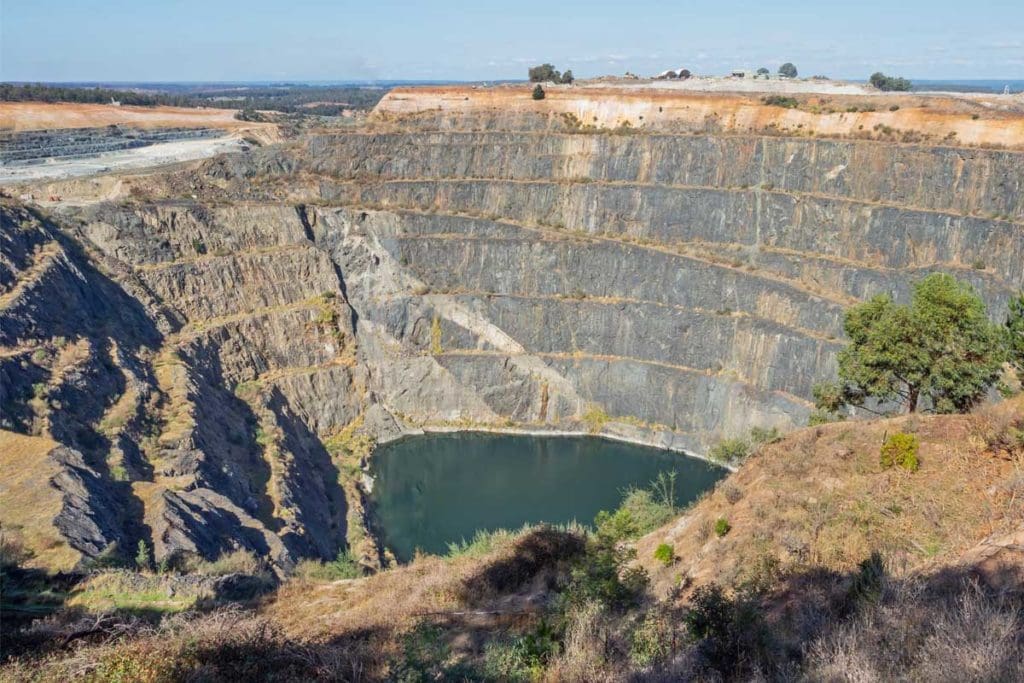Battery Industry Unprepared for Demand Tsunami: Says US Report

Boulder, US
The global battery industry is not ready for an impending “tsunami of demand” set to bring a surge in electric vehicle battery costs during the next four years, according to a study by US research firm E Source.
A scarcity of key raw materials needed to make EV battery cells is expected to stop the current drop in EV battery prices and send them well above current levels, E Source’s vice president of battery solutions, Sam Jaffe, says.
“The price of EV battery cells has declined in recent years as production rose around the world. Battery cells currently cost $128 per kilowatt-hour on average, and by next year could cost around $110 per kilowatt-hour,” an E Source report says.
“But the declines won’t last much beyond that: E Source estimates battery cell prices will surge 22% from 2023 through 2026, peaking at $138 per kilowatt-hour, before they resume a steady decline through 2031— possibly to as low as $90 per kilowatt-hour.
Sam predicted a current shortage in lithium will intensify.
“With the price of lithium having risen nearly 900% in the last 18 months, we had assumed the capital markets would unleash the floodgates to establish dozens of new lithium mining projects,” he said.
“Instead, the investments have come in dribs and drabs, with most of it originating from China for the Chinese supply chain.”
Adjusted Prediction
As recently as March, E Source had predicted EV battery prices would begin a consistent fall from 2022, with a forecast cost of $80 kilowatt hours by 2030.
“An important milestone for battery and EV manufacturers comes around 2025, when the price per kWh falls below $100,” it had predicted.
“This price is crucial for EVs because it represents price parity with gasoline vehicles. The cost of EVs is still the biggest barrier to adoption.”
E Source is also forecasting a significant growth in the proportion of recycled batteries on the market.
“Recycled Li-ion cells are less expensive than newly manufactured cells, and they’ll begin to substantially affect the supply chain around 2027,” E Source report.
“We expect reused Li-ion to represent 11% of the supply chain by 2030.”
